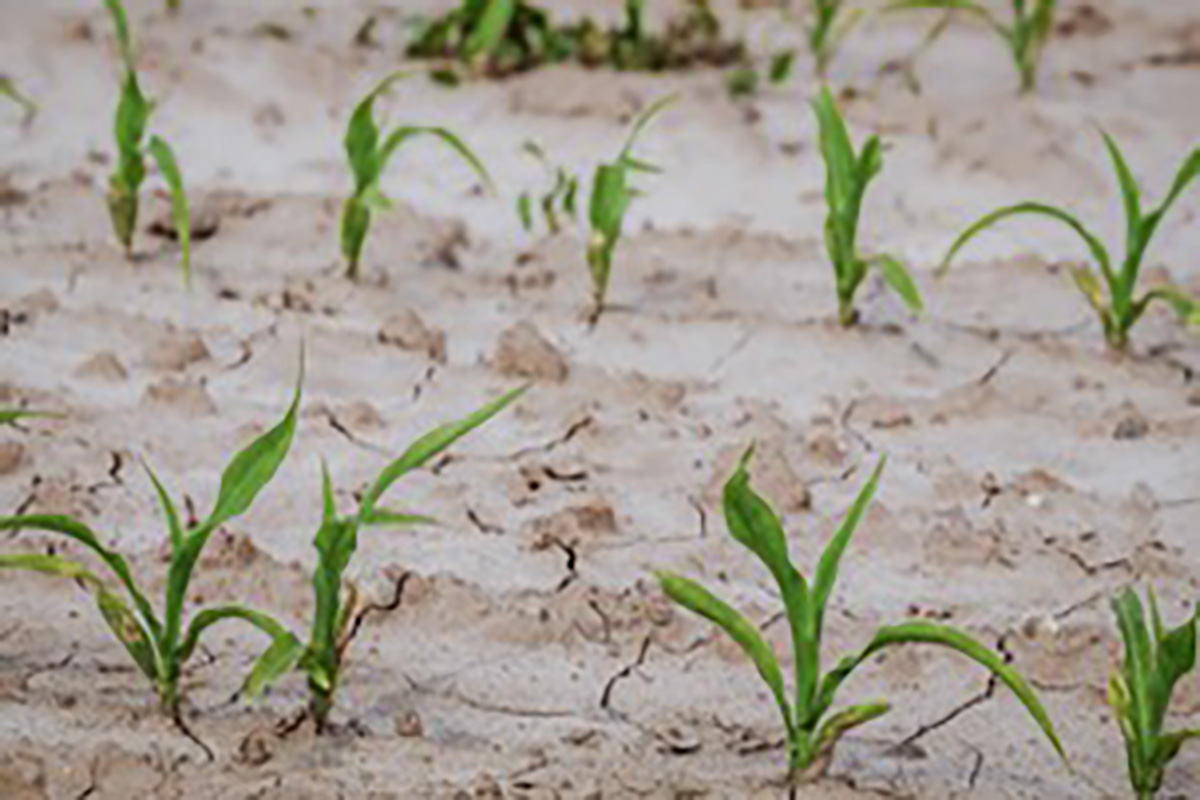Climate Change and Global Food Security: Navigating the Challenges Ahead
March 8by Abolaji Ogunjimi
Photo credit: Pixabay
It is no news that climate change and agriculture/food production are interrelated. As climate change accelerates, the intricate relationship between a warming planet and global food security becomes increasingly evident. According to the report of the Food and Agriculture Organization of the United Nations (FAO) – The State of Food Security and Nutrition (2023), about 900 million people faced severe food insecurity in 2022. Evaluating this value, the level of hunger is not equally distributed around the world. Developed countries record a lesser level of hunger compared to developing countries as they have access to technology to address the challenges to food security. In this write-up, we explore the impacts of climate change on food production, and more importantly, adaptive strategies to navigate the challenges ahead.
Impact of Climate Change on Agriculture
Global warming, floods, irregular rainfall patterns, drought – these are several ways in which climate change is expressed in different regions of the world and at various times of the year, affecting crop yield, especially in developing countries where smallholder farmers do not have access to or cannot afford climate-smart technologies. It is important to understand the challenges faced in each of these regions to develop mitigative and adaptative solutions specifically adapted to regional challenges. As described by the FAO report, some regions are more affected than others due to underlying situations such as war, economic status, unfavourable government policies, technological advances, etc. Beyond reducing food production, climate change also exacerbates existing inequalities, affecting the most vulnerable people in communities such as women, children, the aged, and those with disabilities, especially those reliant on agriculture as a means of livelihood.
Innovative Agricultural Practices
Since the climate is changing, farming systems must change with it. How then can we go about this?
1. Precision Farming and Technology
Though expensive at the initial stage, precision agriculture technology is climate-smart technology that holds enormous potential in ensuring food security. It improves efficiency through efficient resource use and waste reduction and helps farmers adapt to changing climatic conditions.
2. Improved Crop Varieties
With a changing climate comes a disruption in the activities of pests and pathogens. Many insect pests have changed their status to cause devastating effects on crops, one of which is the Fall Armyworm which is an insect pest of economic concern in maize production in West Africa. A solution to this is planting resistant crop varieties.
3. Sustainable water management
Efficient irrigation systems and water conservation practices should be put in place to ensure that farmers adapt to changing rainfall patterns.
Overall, all these cannot be achieved without proper training of farmers. It is important to provide information about climate change and train farmers in the use of improved technologies. Also, due to the cost of these technologies, the governments of developing countries are responsible for providing financial support and incentives to farmers so they can have uninterrupted access to technological advancement.
It is our responsibility as youths to create awareness of these issues and encourage the involvement of the government, nongovernmental organizations, and international organizations in achieving food security even in the face of climate change.
Abolaji Ogunjimi is a member of the Commonwealth Youth Climate Change Network
To follow further discussions and updates on climate change, events, and opportunities, check out our social media pages:
LinkedIn, Instagram, Facebook, and X(Twitter)




